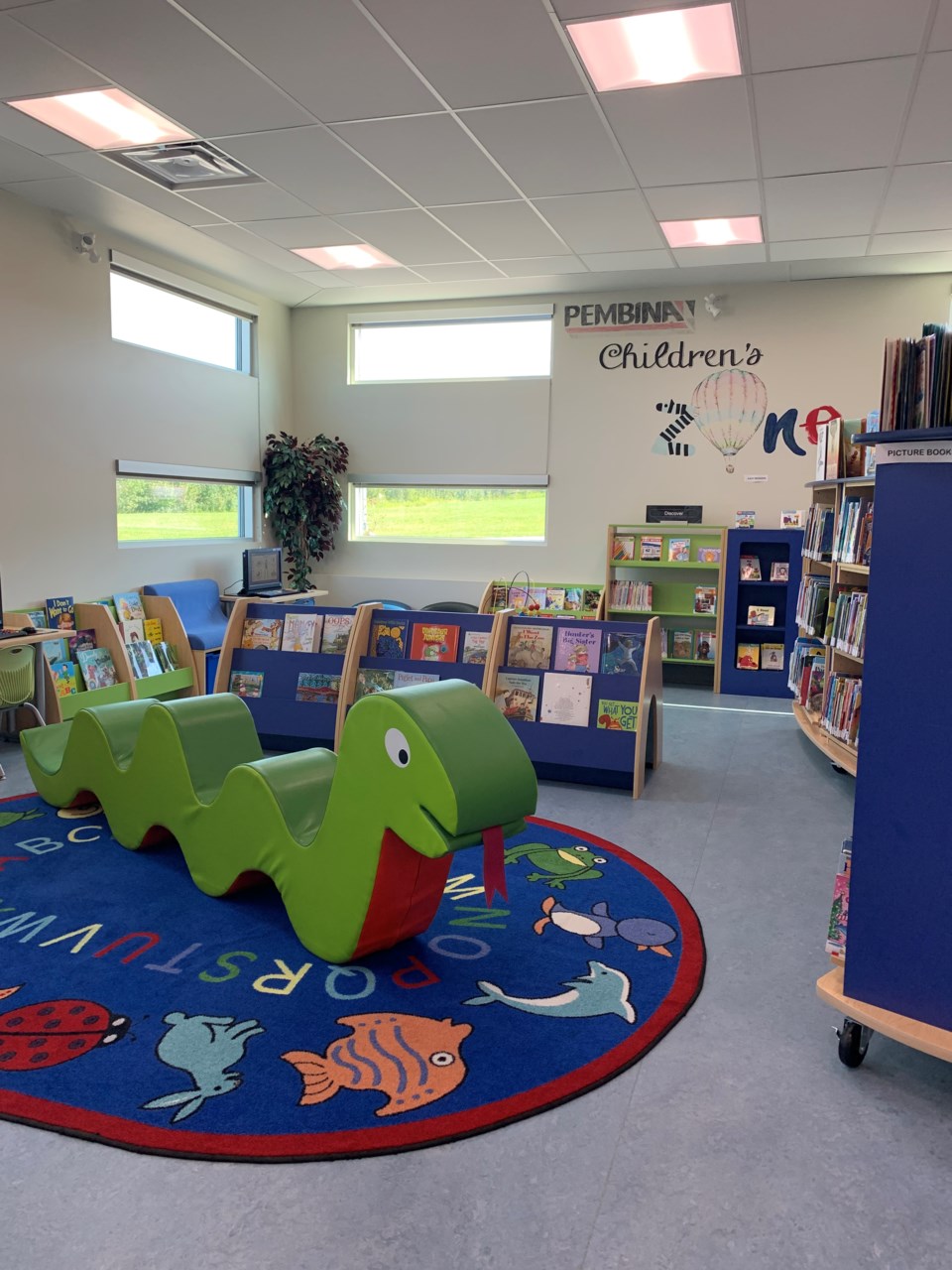BOYLE – The Village of Boyle’s public library is booming, thanks to efforts from local volunteers, funding from council, and the work of the Northern Lights Library System (NLLS), which oversees libraries across northeast Alberta.
In 2023, the small library saved Boyle residents $335,475, according to calculations done by James MacDonald, NLLS’s executive director.
“You’re doing quite well as a library, we lent almost 10,000 physical books to residents in Boyle specifically,” said MacDonald, who presented to councillors on Aug. 7 during their regular meeting.
“For every $1 spent, you’re getting back $468 (in value). That’s pretty good, you’re getting a great return.”
The library is funded through a combination of a municipal levy, which is $5.39 per Boyle resident — Athabasca County also pays into the levy for the library — a further $5.39 per resident from NLLS, and $4.75 per resident from provincial grants. In total, local libraries receive $15.53 per citizen, of which $2.15 can go towards purchasing new books.
“It’s an amazing facility for our community. There’s absolutely nothing bad about it,” said Mayor Colin Derko. “It seems as though everything has a value because of money, but I think it’s more about the value we’re getting out of it as a community.”
The village paid $4,985 in 2023, based on the 2019 census report of 925 residents. Village residents have 278 library cards, although MacDonald said it’s not uncommon for a family to have only one library card, no matter its size.
“In reality, people just wouldn’t buy this stuff without the library,” said MacDonald. “It would diminish the quality of life for residents.”
Expanding into Indigenous communities
NLLS is currently focusing on expanding its services into Indigenous reserves and settlements in the region, including the Buffalo Lake Métis Settlement south of Boyle.
“We’re trying to get reserves to actually form their own libraries and start their own library boards,” said MacDonald. “There’s provincial money for it. We just got to drum up the excitement and help them start creating relationships.”
In Alberta, four Indigenous communities have their own library boards, and MacDonald said he was proud of the fact three are in NLLS’s area: Frog Lake, Fishing Lake Métis Settlement, and the Elizabeth Lake Métis Settlement.
“We’ve had some great conversations with the people and council in Buffalo Lake. There’s some definite interest there,” said MacDonald.
NLLS has launched a new website to help reach Indigenous communities as well, at golibrary.ca. While it’s aimed at individuals living on reserves or settlements, MacDonald said it was open to anyone who wanted to access their resources.
“It’s a website designed to help people connect with their library and get registered online so they don’t have to come into the building,” he said. “They can do it at midnight on a Tuesday. You fill out the form, which only has the info we absolutely need, and immediately get a library barcode with access to the electronic resources.”
NLLS partnered with the Peace Library System on the project, so residents of Calling Lake, Wabasca, or other Indigenous communities in the north central part of the province can benefit as well.
MacDonald stressed the benefit small communities like Boyle receive from being part of NLLS. Boyle and other sub-1,000-person communities benefit considerably more than a larger town like Athabasca. Every community benefits, but some benefit more than others.
“It’s just bigger for us,” agreed Coun. Barb Smith.



